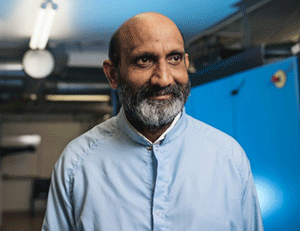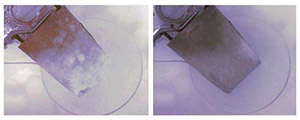
Chennupati Jagadish, distinguished professor at Australian National University
Chennupati Jagadish, long-time member and ECS Fellow, has recently been selected to receive Australia’s highest civilian honor. The Australian National University distingused professor has been named a Companion of the Order of Australia (AC), for his “eminent service to physics and engineering, particularly in the field of nanotechnology, to education as a leading academic, researcher, author and mentor, and through executive roles with national and international scientific advisory institutions.”
(MORE: Read Jagadish’s published research in the ECS Digital Library.)
“I am humbled, honored, and grateful for this honor,” Jagadish, former recipient of the ECS Electronics and Photonics Divison Award, said. “This is a wonderful recognition for 25 plus years of work my research group at the Australian National University in the field of semiconductor optoelectronics and nanotechnology.”
Jagadish’s work takes the form of such novel innovations as lasers for telecommunications, increased efficiency solar cells, and artificial, trainable neurons.
Throughout his scientific career, Jagadish has published more than 620 research papers and five U.S. patents.
“They say that rest is for the weak,” Jangadish said. “I say, ‘Look, I’m having fun.’ Science is fun for me and when you’re having fun you don’t really look at how long you’re working.”




